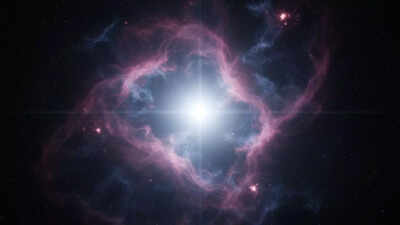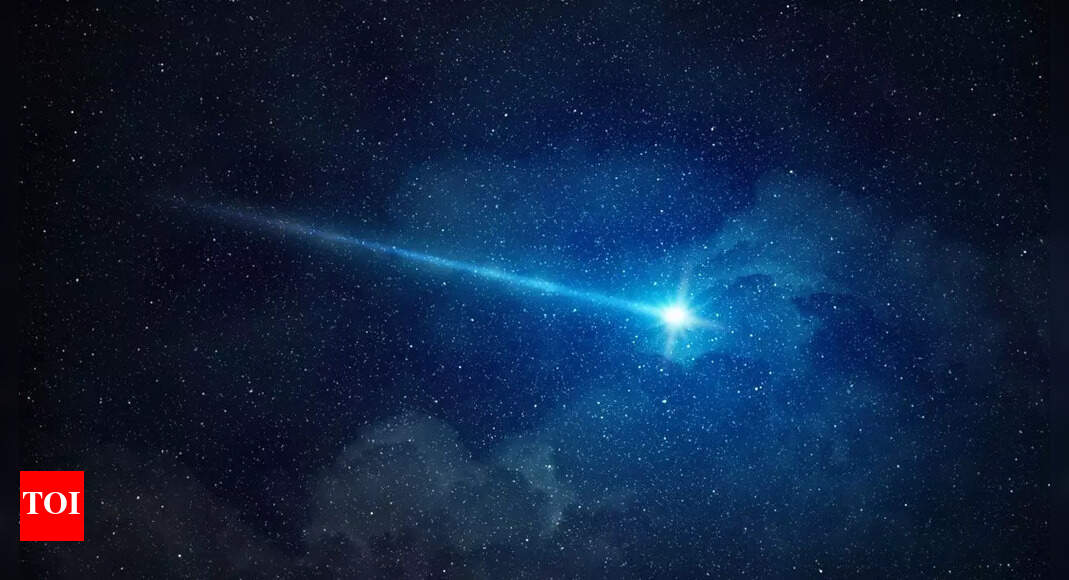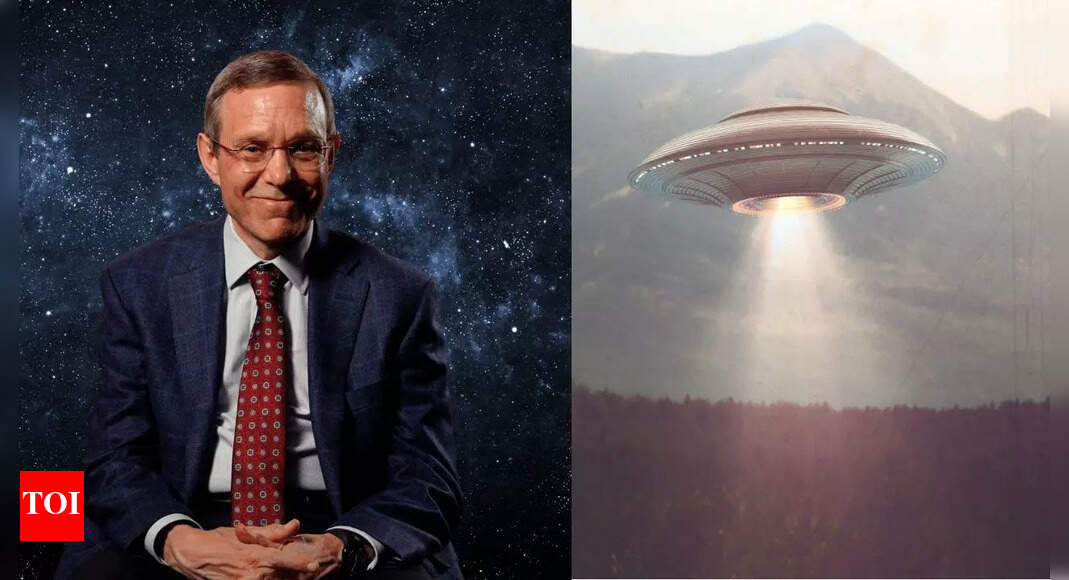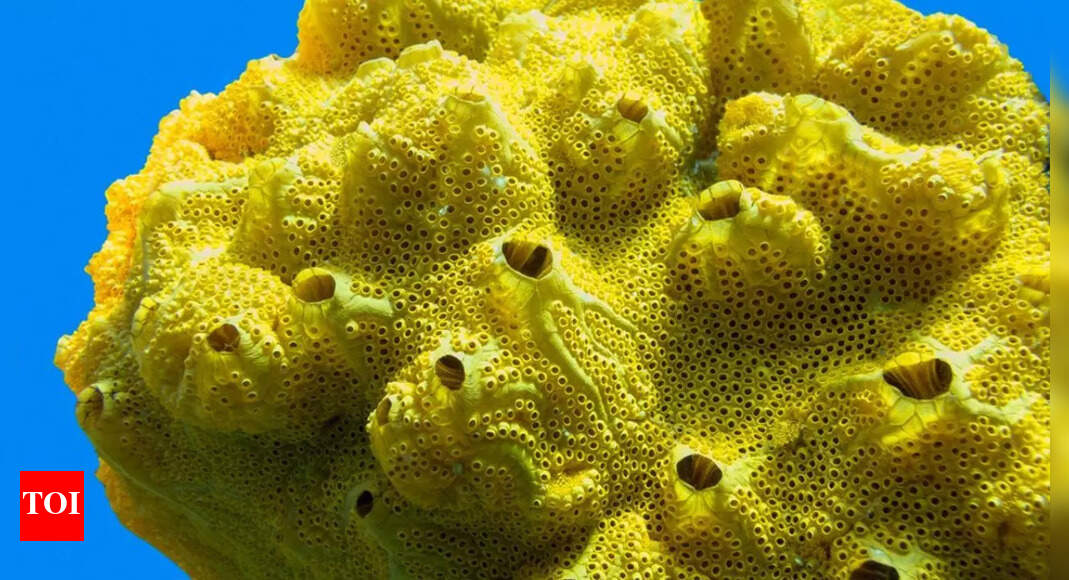The most pristine star ever found reveals secrets about the universe’s first moments |
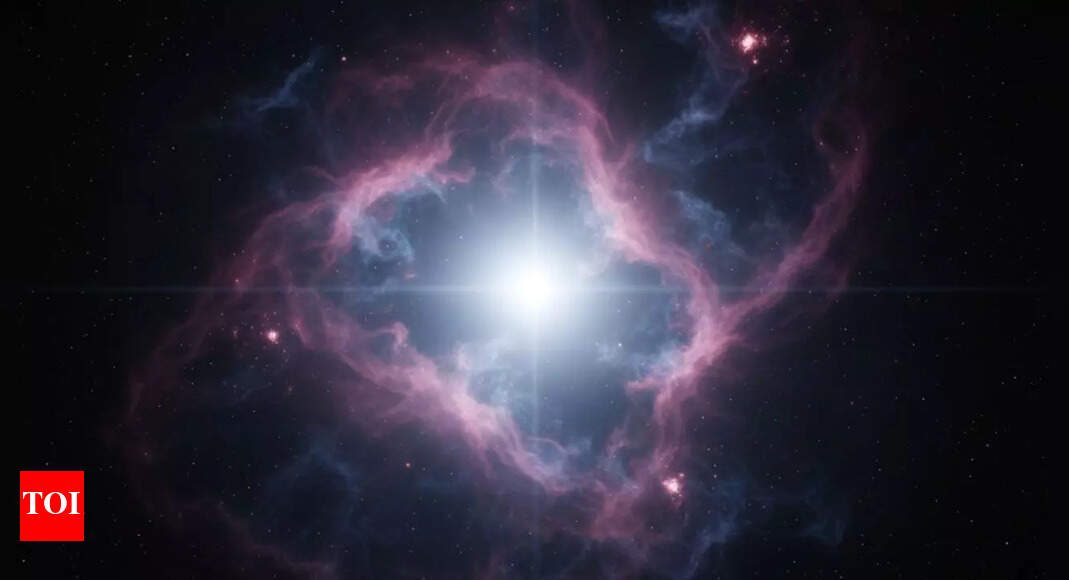
Astronomers have discovered the most pristine star ever observed, offering a rare glimpse into the universe’s earliest moments. This ancient celestial body, found in the Milky Way’s halo, contains the lowest levels of heavy elements ever recorded, indicating that it formed shortly after the Big Bang. Scientists believe the star may have been born from the remnants of the very first generation of stars, known as Population III stars. These findings could help researchers understand how the first stars ignited, how they enriched the cosmos with heavier elements, and how galaxies like our own eventually formed.
Pristine star offers a window into cosmic history
The newly discovered star, identified through high-resolution spectroscopy, shows an extremely low abundance of metals such as iron, carbon, and magnesium. In astronomy, “metals” refer to all elements heavier than hydrogen and helium, which were the only elements produced in the Big Bang. The scarcity of these elements suggests that this star formed from nearly pristine material left over from the early universe, largely untouched by subsequent generations of stellar explosions.Population III stars, believed to have been massive and short-lived, have long eluded direct observation. They are thought to have ended their lives in powerful supernovae, seeding the universe with the first traces of heavy elements. By analysing the chemical fingerprint of this newly found star, scientists can infer the properties and life cycles of those elusive first stars. Its composition points to an origin influenced by just one or two early supernova events, offering critical insight into the cosmic transition from a simple to a complex chemical universe.
What this means for future research
The discovery opens new paths for studying stellar archaeology and understanding the timeline of cosmic evolution. With next-generation telescopes such as the James Webb Space Telescope and the European Extremely Large Telescope, astronomers hope to uncover more such stars and even detect the direct light from the first stellar generation. Each new find adds a crucial piece to the puzzle of how matter, stars, and galaxies came to be, and how our universe evolved from simplicity to the complex cosmos we see today.

